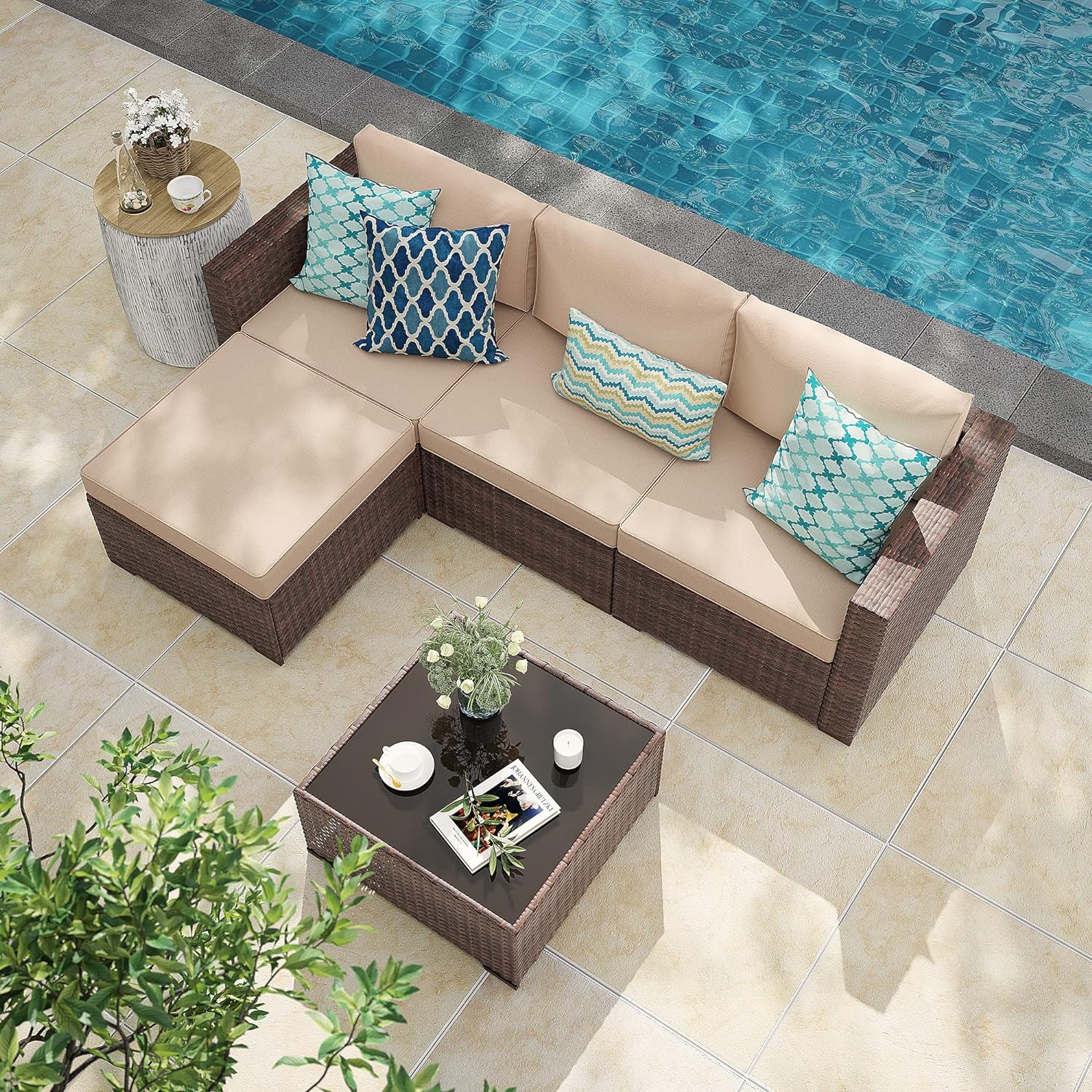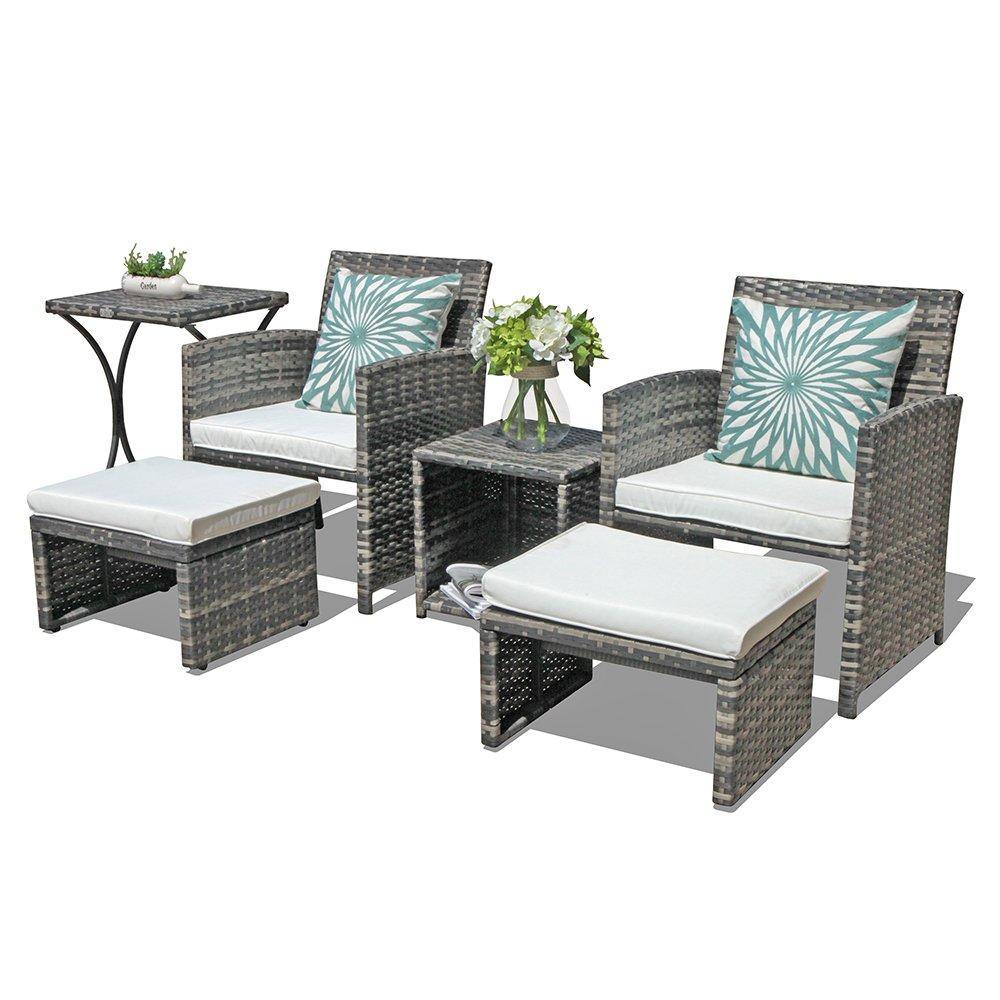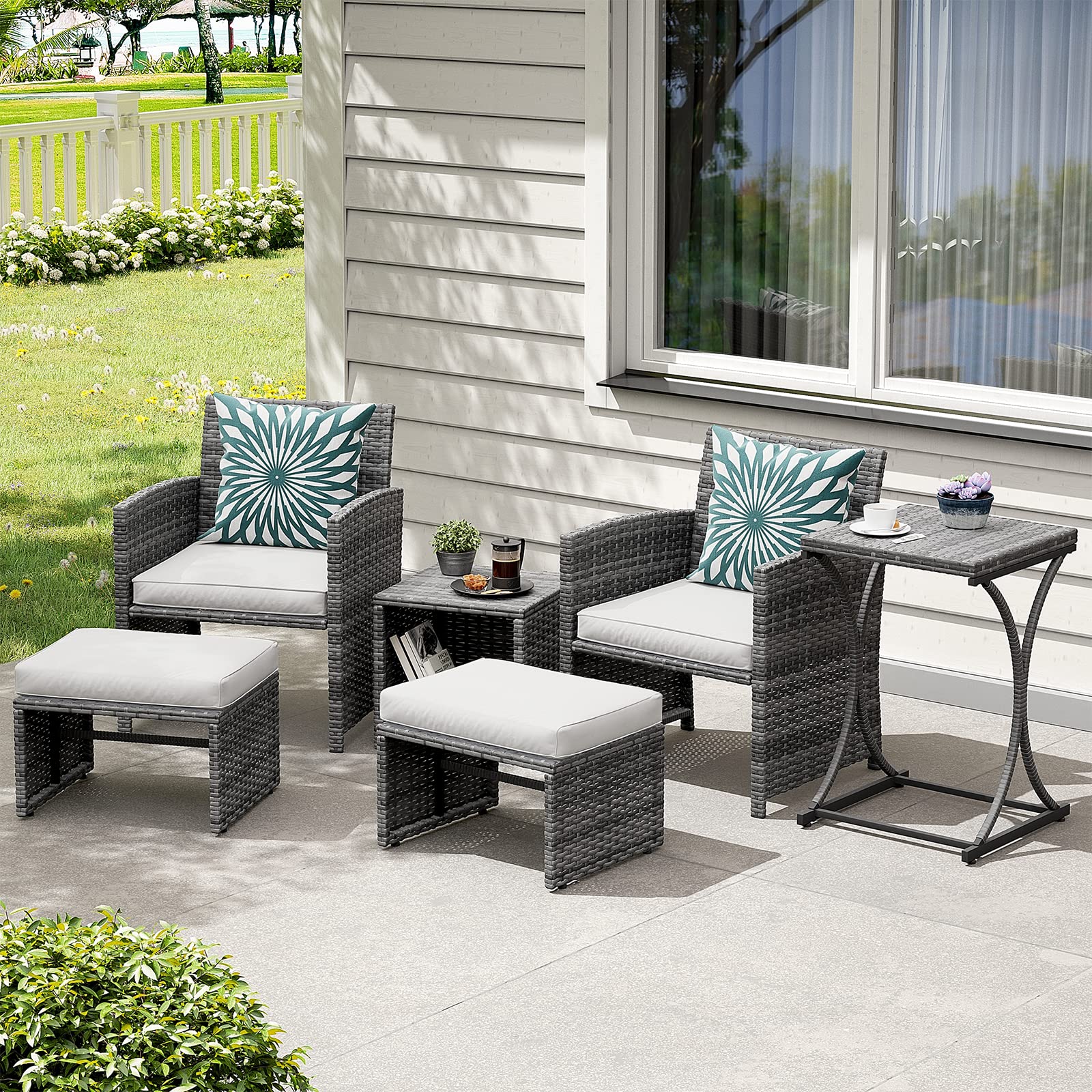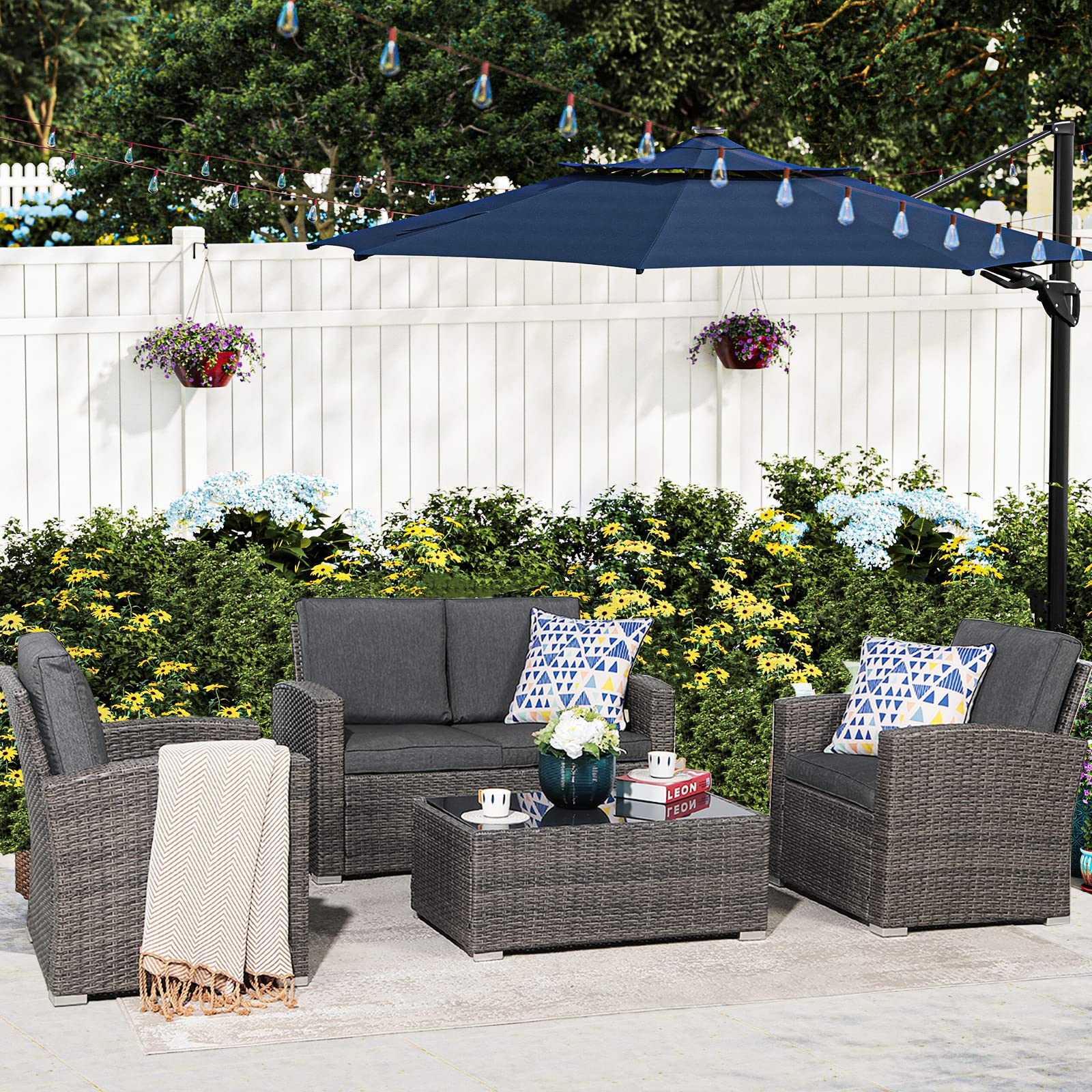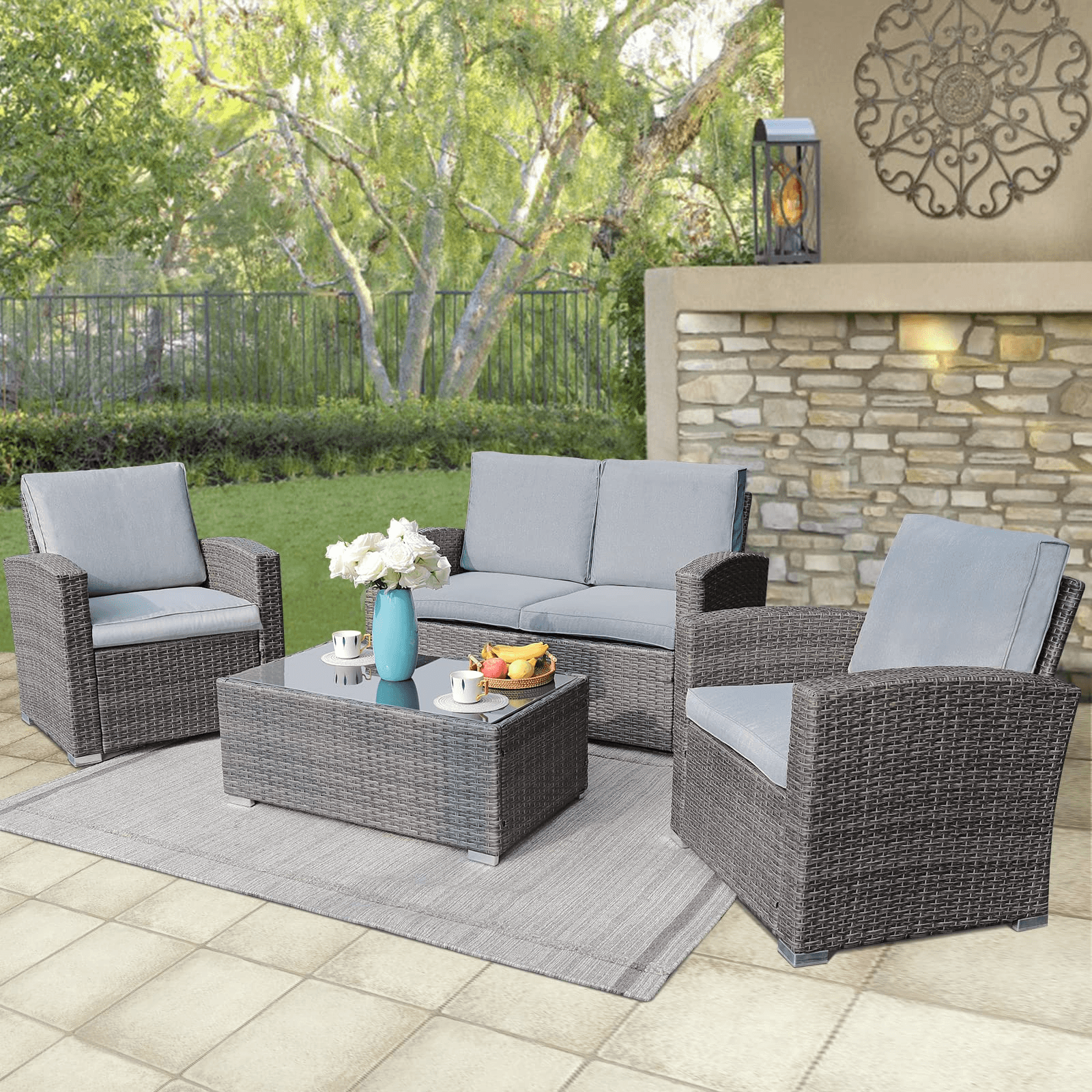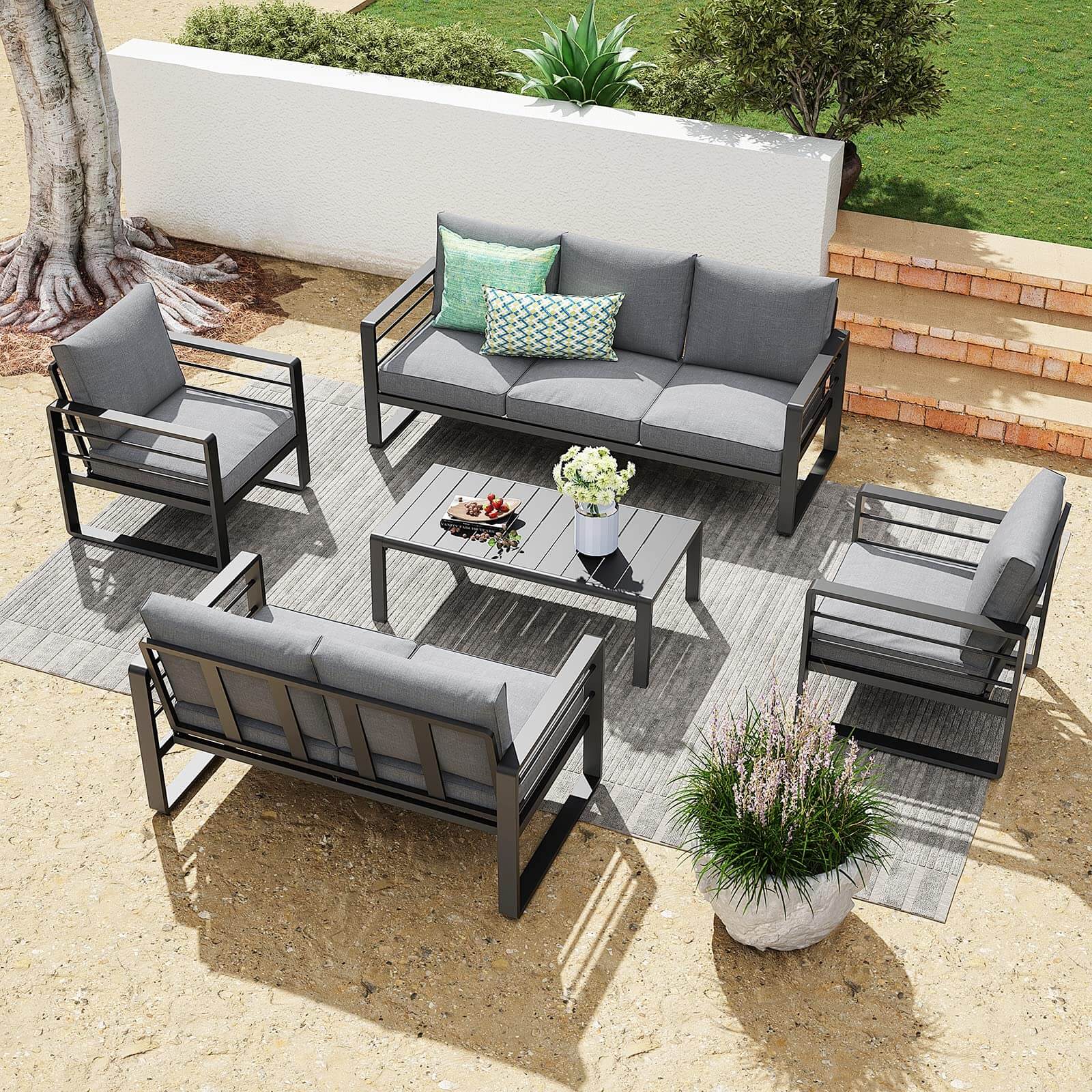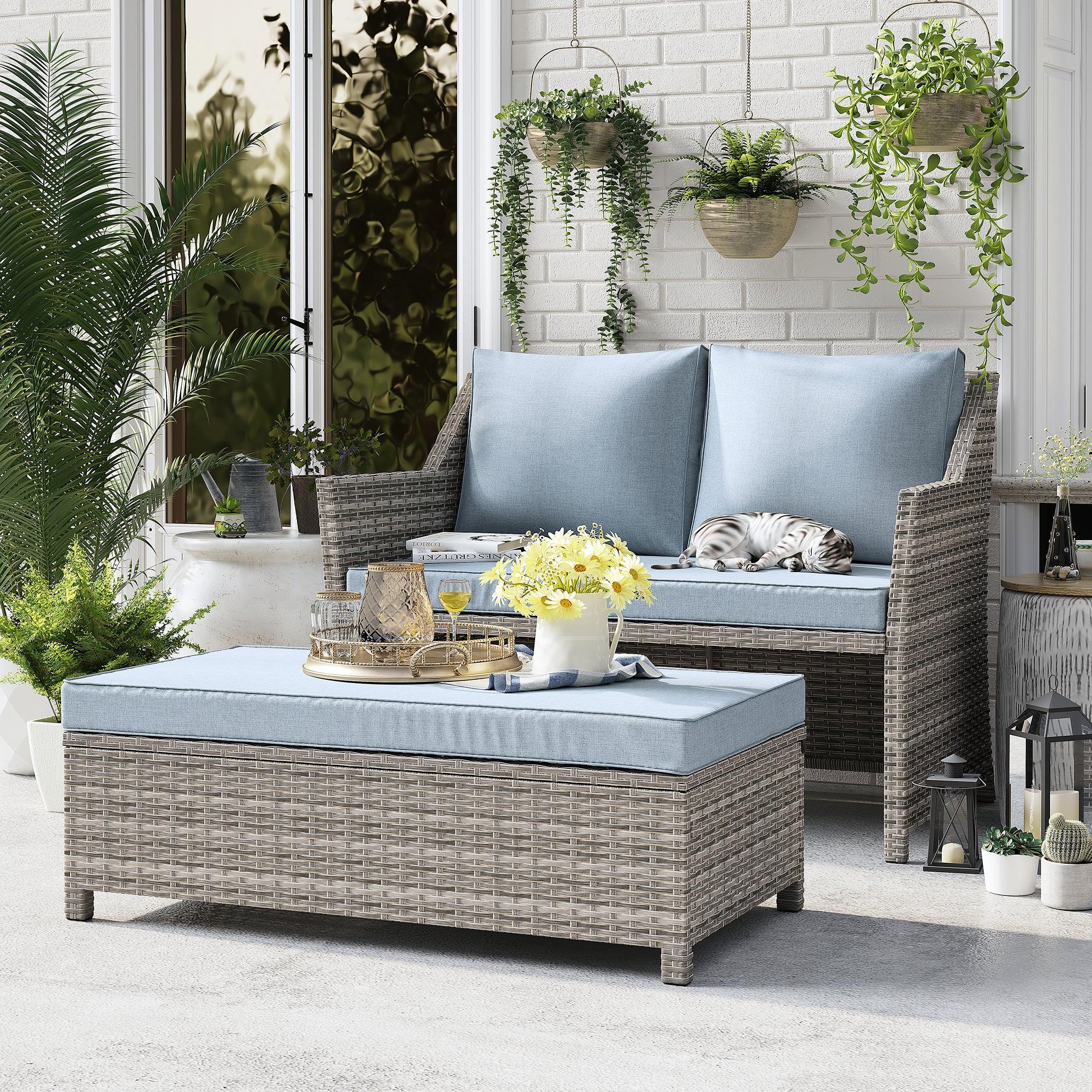How To Care For Outdoor Furniture?
It is essential to properly care for outdoor furniture to extend its lifespan and keep it looking good. This includes cleaning it regularly, protecting it from the elements, decorating and designing it to fit your outdoor space, and storing it appropriately for the weather. Outdoor furniture is more susceptible to wear and tear due to exposure to extreme weather conditions, so it requires more maintenance than indoor furniture. By following these steps, you can ensure that your outdoor furniture stays in good condition and adds to the overall appearance of your outdoor space.
There are many different materials used for outdoor furniture, and each one requires different care and maintenance. Wicker furniture, for example, may need to be treated with a protective coating to prevent weather damage. Wood furniture may need to be treated with oils or sealants to protect it from moisture and rot. Metal furniture may need to be coated with a rust-resistant finish to prevent rusting. Fabric furniture may need to be treated with a water-resistant spray or covered with a protective cover when not in use. It is important to understand the specific care and maintenance needs of your outdoor furniture to ensure it stays in good condition and lasts for a long time.
Here are a few tips for caring for your outdoor furniture:
Clean regularly

Dust, dirt, and debris can accumulate on outdoor furniture, especially if it is exposed to the elements. To keep your furniture looking clean and fresh, it's important to clean it regularly.
To care for wicker and teak outdoor furniture, you can use a soft-bristled brush, water, and a mild oil-based soap to clean and moisturize the surface. Rinse the furniture with water and maintain the shine by hosing it down every two to three weeks. To care for plastic and wrought iron furniture, mix water and a mild dishwashing detergent and wipe down the surfaces with a damp cloth. Hose the furniture down to rinse and repeat the process every three weeks. To care for aluminum furniture, wipe it down with a damp cloth and mild dishwashing detergent, using a Soft Scrub brush to remove any scuff marks. Rinse the furniture with a hose. Avoid using abrasive cleaners or scrubbers, as these can damage the surface of the concrete and wood. By following these steps, you can help keep your outdoor furniture looking good and functioning properly for many years.
Protect from the elements
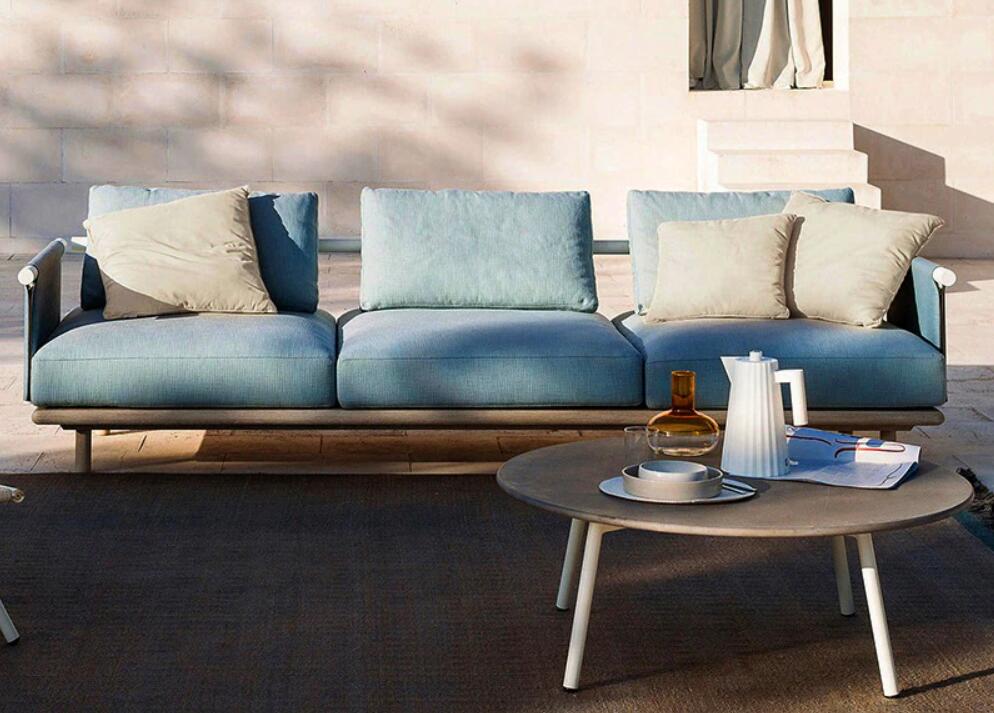
To keep your outdoor furniture in good condition, it's important to protect it from the elements. Cover your furniture with a weather-resistant cover when it is not in use, and store it in a dry, covered area if possible. Avoid placing your furniture in direct sunlight, as this can cause fading and damage.
To prevent the growth of mold and mildew on your outdoor furniture, it is important to frequently check for signs of these fungi and take steps to prevent them. If you live in a humid climate, pay extra attention to your furniture and make sure to keep it dry and well-ventilated. When storing your furniture, use covers that allow for ventilation and avoid storing it in damp or muggy areas. Clean your outdoor furniture regularly with patio furniture cleaner to prevent mold and mildew buildup, and be sure to remove any signs of fungal growth as soon as you spot them to prevent them from spreading.
Repair damage
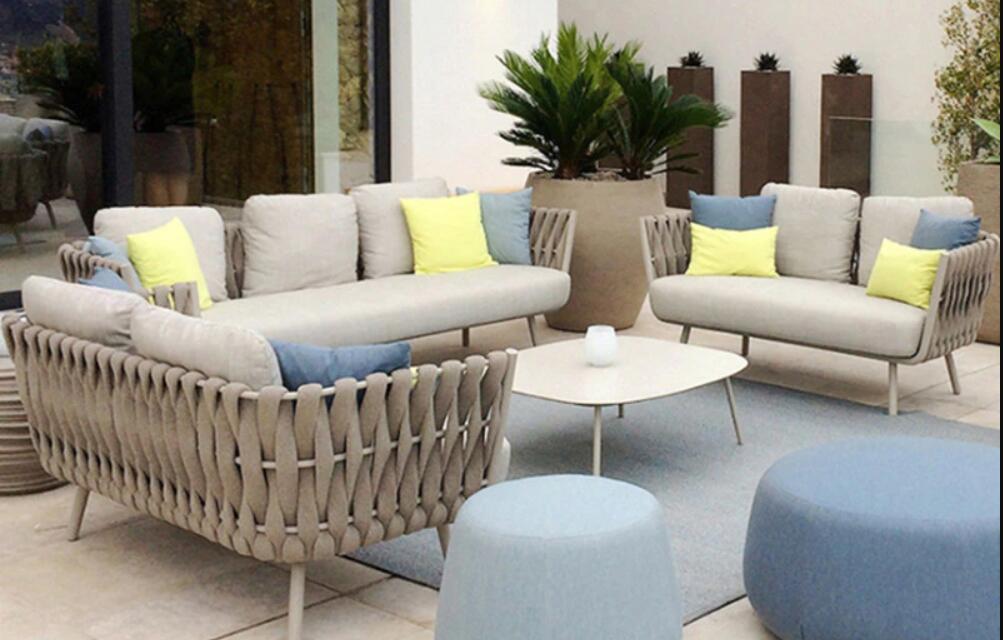
If your outdoor furniture becomes damaged, it's important to repair it as soon as possible to prevent further damage. This may involve fixing loose screws, replacing broken parts, or re-staining or painting the furniture. Here are a few tips for repairing damage to your outdoor furniture:
- Identify the problem: The first step in repairing damage to your outdoor furniture is to identify the problem. Look for cracks, chips, scratches, or other signs of damage, and determine what caused the damage.
- Gather tools and supplies: Depending on the type of damage and the material of your furniture, you may need a variety of tools and supplies to repair it. Some common tools and supplies you may need include wood filler, sandpaper, a saw, a drill, screws, nails, glue, paint, and a protective finish.
- Repair the damage: Once you have identified the problem and gathered the necessary tools and supplies, it's time to repair the damage. This may involve filling in cracks, sanding down rough edges, replacing broken parts, or re-staining or painting the furniture. Be sure to follow the manufacturer's instructions and use the appropriate tools and supplies to ensure the repair is successful.
Use protective covers
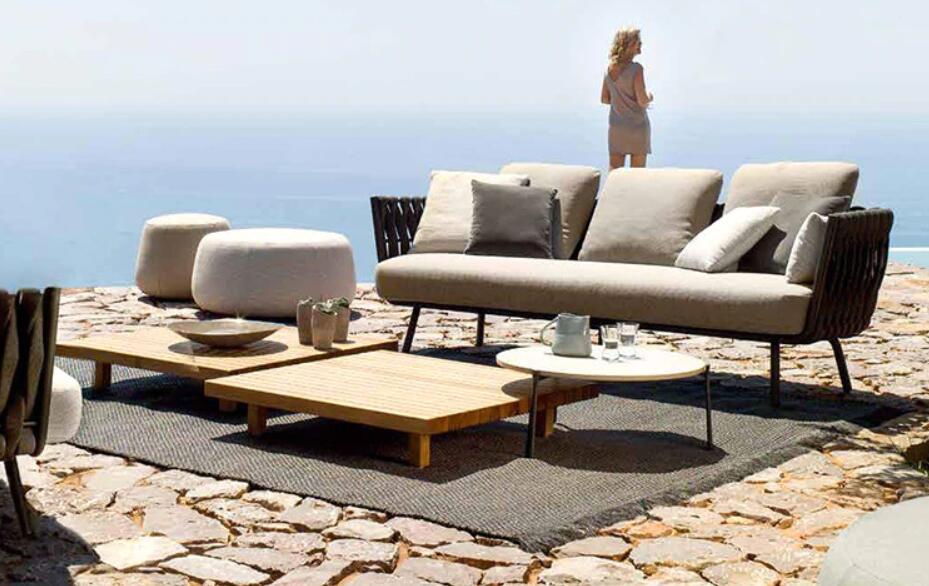
Protective covers can help keep your outdoor furniture looking good and extend its lifespan. Choose covers made from a weather-resistant material, such as sunbrella, and make sure they fit your furniture snugly to keep out dirt, moisture, and other elements.
For those looking for a more dependable form of protection, a high-quality outdoor furniture cover is the way to go. They not only protect the fabric but the furniture piece as a whole by forming a barrier between the elements and your sofa. No more coming out to find your couch covered in dirt, pollen, water, snow, and much more. The added protection will extend the life of your outdoor furniture and keep it looking its best all year long. For those with oversized sofas or uniquely shaped sectionals, you may want to go with a custom-sized cover to ensure a proper fit.
When choosing an outdoor furniture cover, there are a few key factors to consider:
- Size: Make sure the cover you choose is the appropriate size for your furniture. A cover that is too small will not provide adequate protection, while a cover that is too large may be prone to blowing off in strong winds.
- Material: Look for covers made from a weather-resistant material, such as sunbrella or heavy-duty polyester. These materials are resistant to water, UV rays, and other elements, and will help protect your furniture from damage.
- Fit: Choose a cover that fits your furniture snugly to keep out dirt, moisture, and other elements. Look for covers with adjustable straps or drawstrings to help ensure a secure fit.
- Durability: Consider the durability of the cover you choose. Look for covers with reinforced corners, double-stitching, and other features that will help them withstand the elements and last for a long time.
Overall, to maintain the appearance and functionality of outdoor furniture, it is important to regularly clean it, protect it from the elements, and make any necessary repairs. By following these steps, you can help keep your outdoor furniture looking good and functioning properly for a longer period of time. Regular cleaning helps remove dirt and debris that can accumulate on the furniture and cause damage, while protection from the elements helps prevent weather-related wear and tear. Timely repairs, such as fixing loose screws or replacing broken parts, can help prevent further damage and extend the lifespan of your outdoor furniture. By taking care of your outdoor furniture, you can enjoy it for many years to come.


